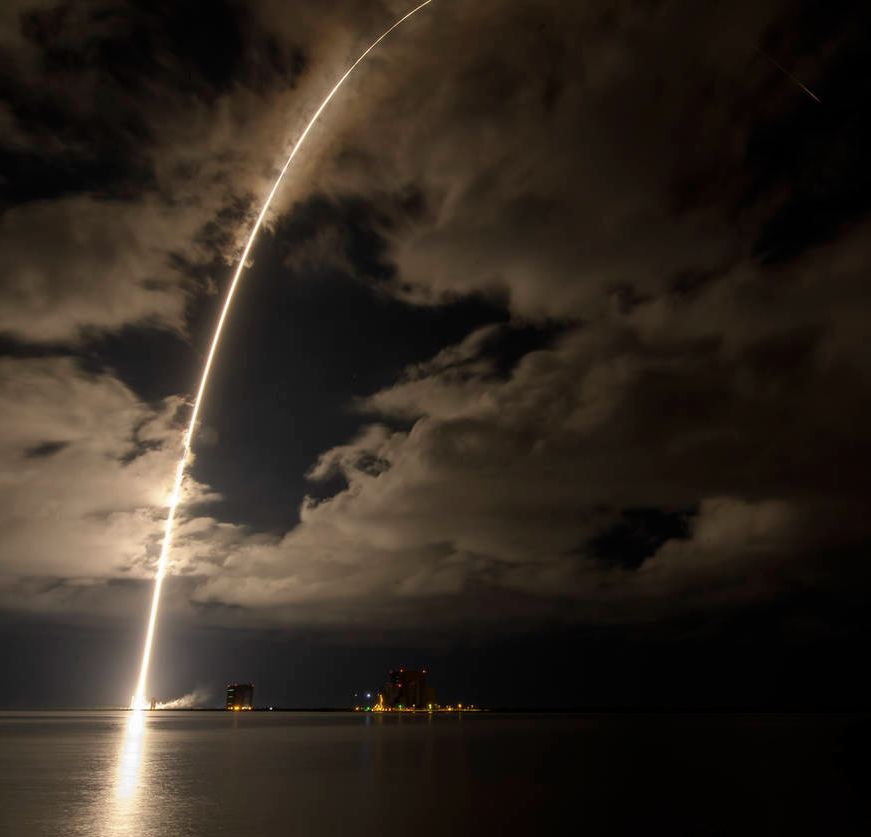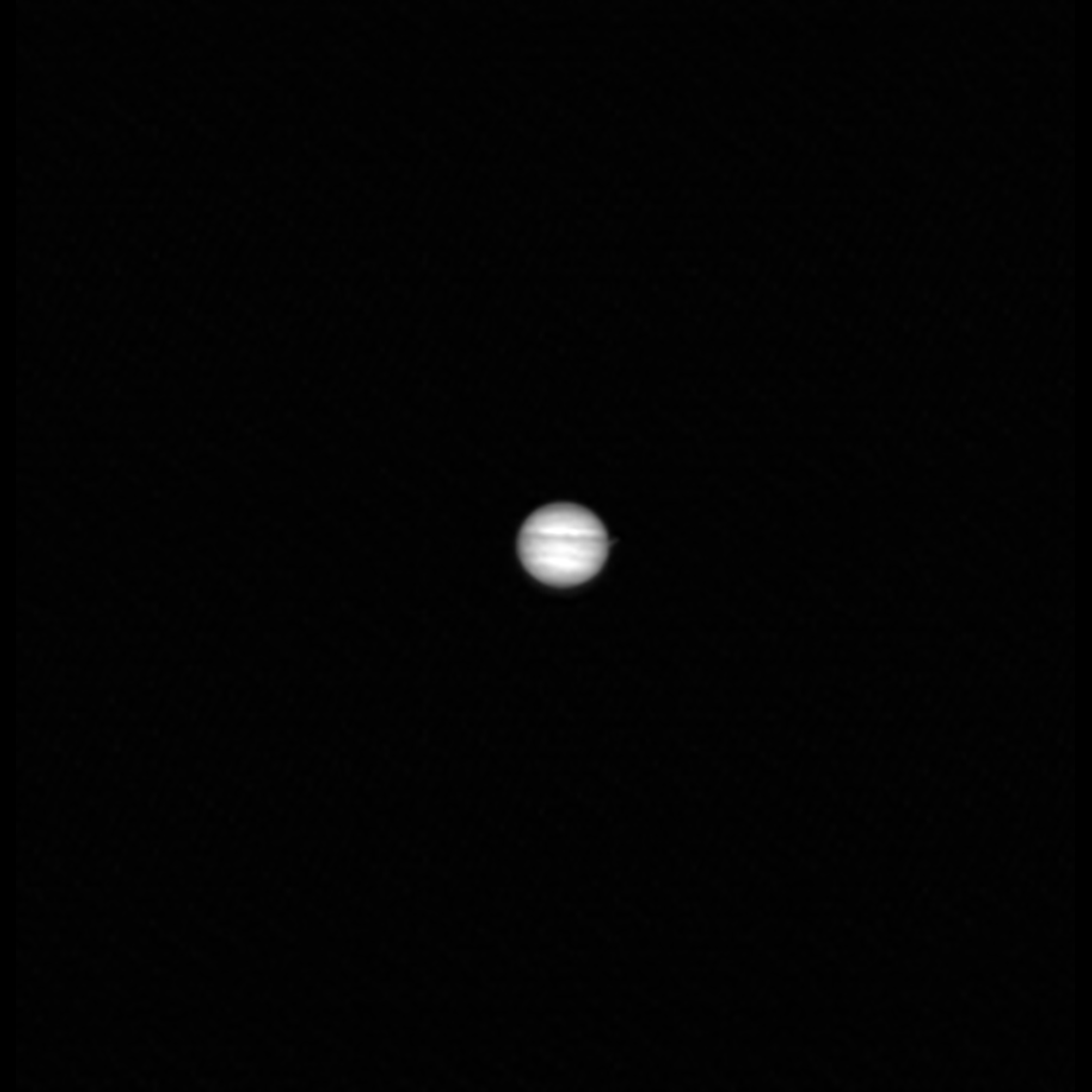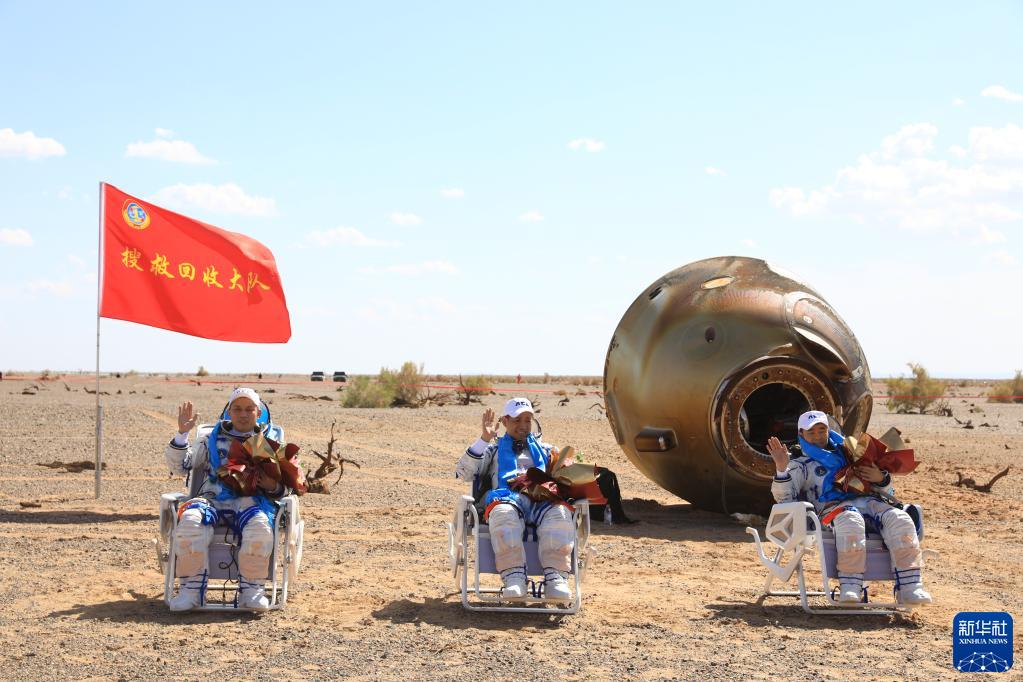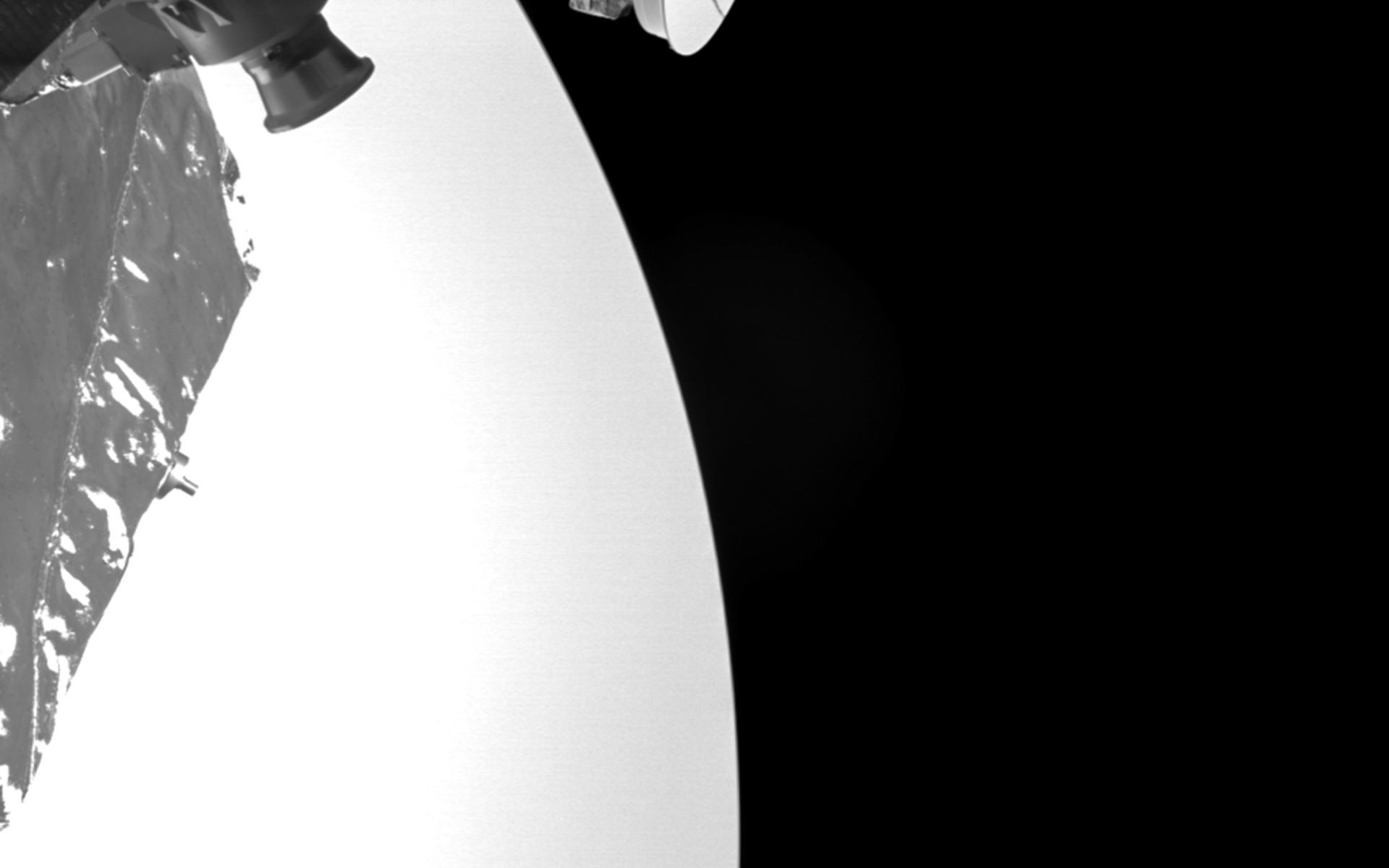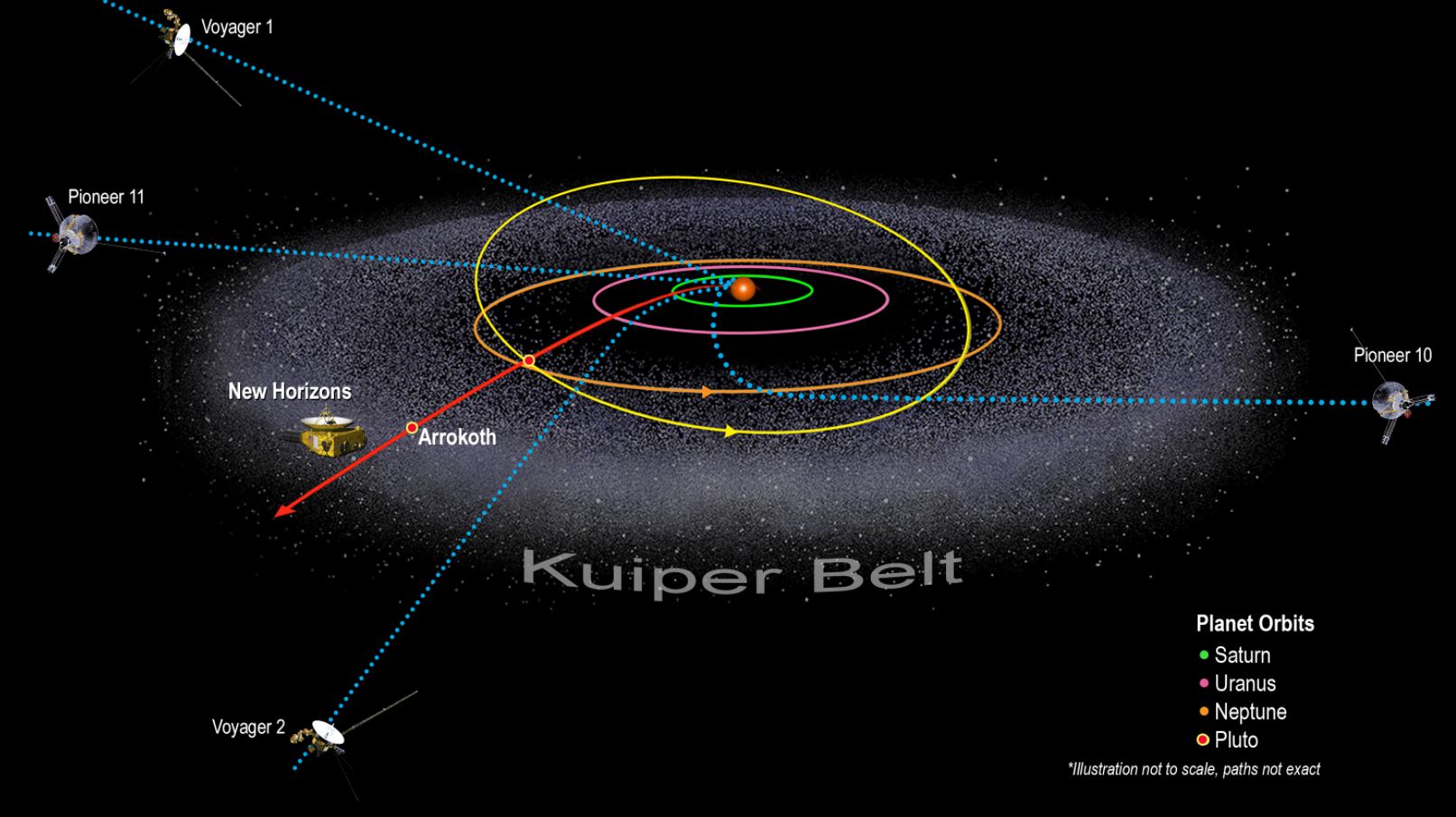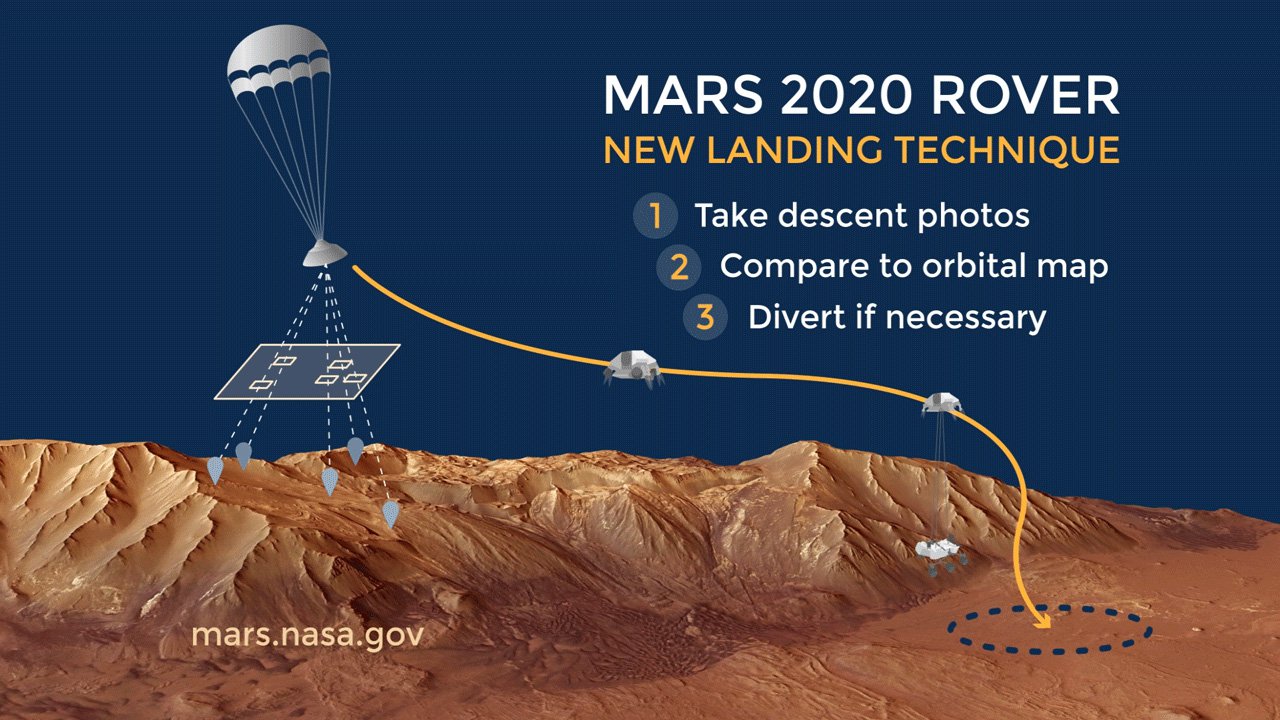Scientists have begun studying the samples returned from the Moon by China’s Chang’e-5 mission in December 2020, and a group of researchers presented their first findings at the Europlanet Science Congress (EPSC) last week.
“The Chang’e-5 samples are very diverse, and includes both local and exotic materials, including some glutenates [sharp, jagged lunar particles], silicas, salts, volcanic glasses, and impact glasses, along with different minerals and different rock types,” said Yuqi Qian, a PhD student at the China University of Geosciences, during his presentation at the EPSC virtual meeting.
Continue reading “Chang’e-5 Returned an Exotic Collection of Moon Rocks”
